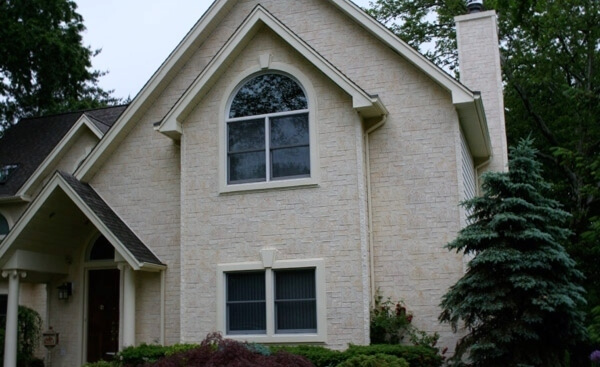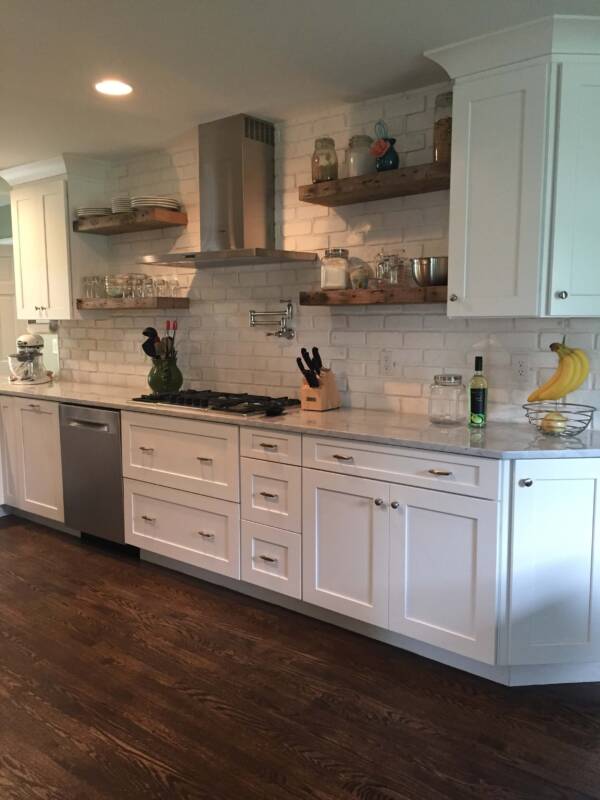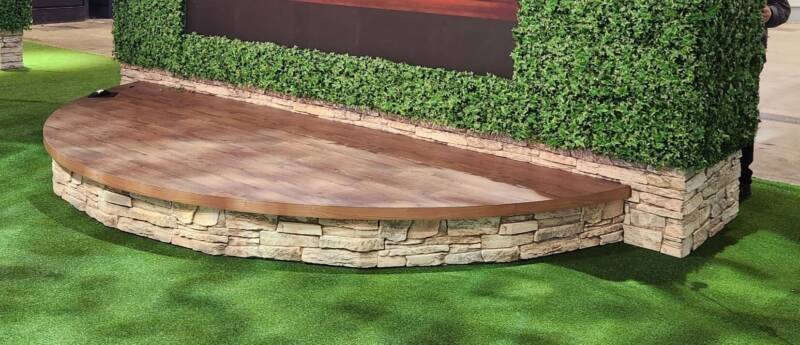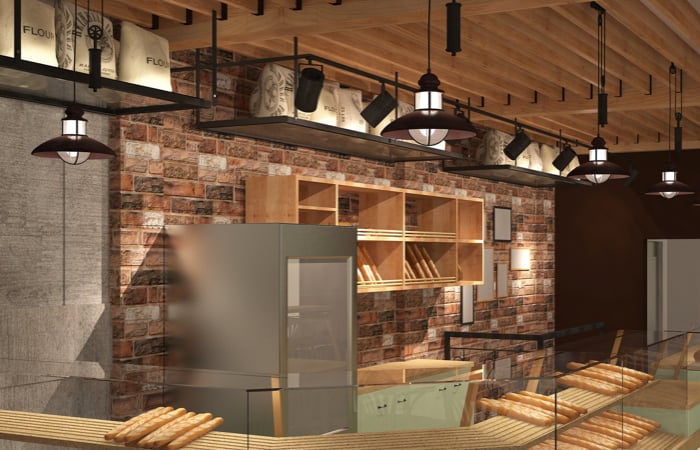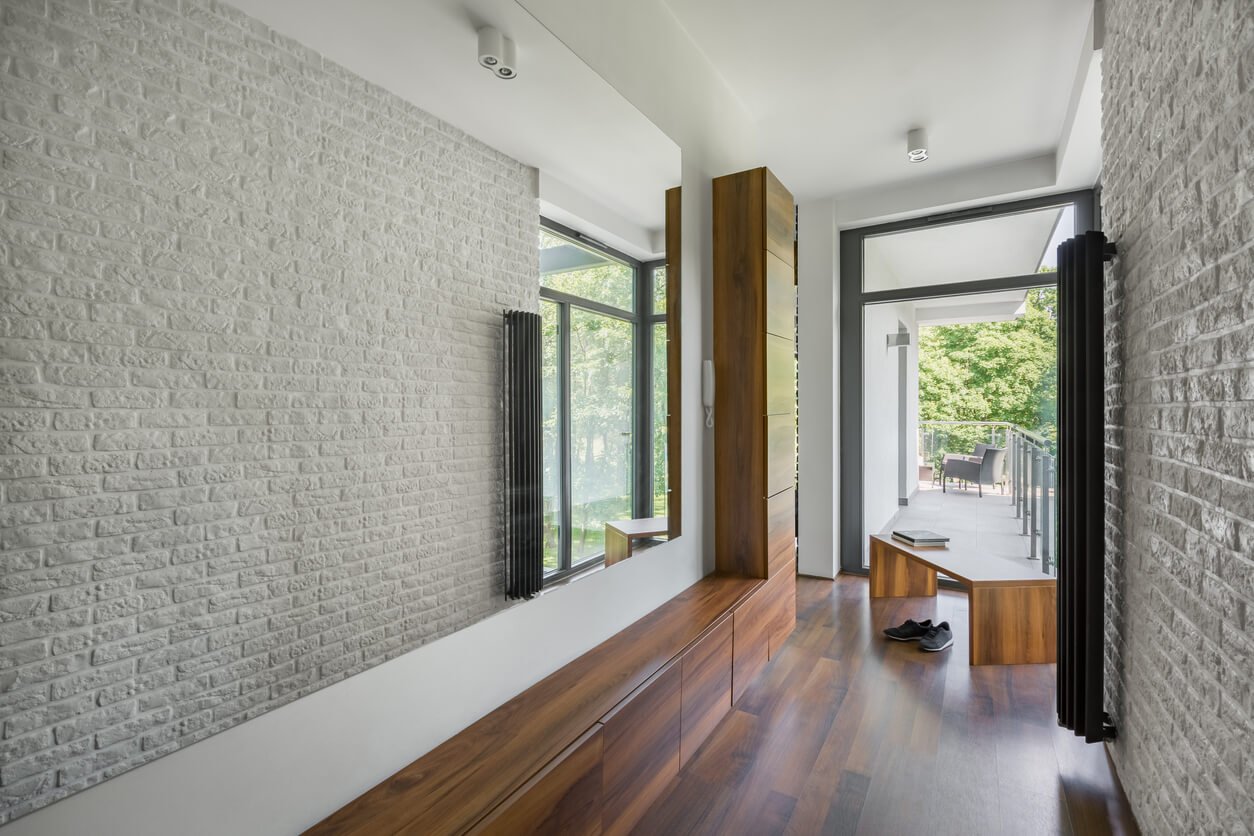
When kicking off any home improvement project (or office update or commercial space renovation), one of the main considerations to take into account is the type of materials you’ll need to achieve your desired aesthetic. Wood, brick and stone all contribute to a wide variety of different design styles, but all three come with a high price tag — for both materials and installation.
Whether you want to get the same look without upping your budget or prefer DIY-friendly installation, faux wall panels may be the right choice for you. These lightweight alternatives to wood, stone or brick are not only easy to work with, they’re also less expensive than and almost indistinguishable from the real things — making them a more cost-effective alternative.
But before you make your final choice, it’s important to have a full understanding of faux wall panels. Keep reading to find out everything you need to know about these versatile materials.
What Are Faux Stone Wall Panels?
| Faux Stone | Manufactured Stone | Natural Stone | |
| Benefits |
|
|
|
| Drawbacks |
|
|
|
| Material | High density molded polymer | A cement-based mixture | Real stone |
| Durability | Durable | Semi-durable | Extremely durable |
Not to be confused with manufactured veneer stone — which is made using a cement-based mixture to form individual, stone-like pieces — faux stone wall panels are typically made from a molded polymer and feature a durable outer shell that mimics the look of natural stone. Because of this, these panels are a great choice if you’re creating a rustic or nature-inspired space.
As far as durability is concerned, faux stone panels typically can’t withstand forceful contact, making most brands best-suited for moderate-impact areas. However, Texture Plus’ faux stone panels are sturdy enough for both indoor and outdoor use.
When weighing the pros and cons of faux stone vs. real stone, you’ll need to identify the benefits and drawbacks of each material. For faux stone wall panels, benefits include:
- Less expensive than real stone
- Looks almost identical to natural stone
- Easy installation
- Lightweight
As for potential drawbacks, some of the most commonly cited are:
- Not always safe for use around fireplaces — though all Texture Plus panels are available in a fire-rated option
- Less durable than real stone
- Can usually be distinguished from natural stone on close inspection
All About Faux Brick Wall Panels
| Faux Brick | Vinyl Brick Siding | Brick Veneer | |
| Benefits |
|
|
|
| Drawbacks |
|
|
|
| Made From… | Molded polymer | Plastic | Real brick |
| Durability | Durable | Durable | Very durable |
Contributing to a wide range of different aesthetics — from modern and industrial to rustic and classic — bricks are a popular choice with both architects and interior designers alike. Though their versatility is appealing, real bricks are heavy and can be difficult to maintain. Additionally, including solid brick in your designs comes with a hefty cost; on average, the price of bricks runs between $6 and $15 per square foot with installation costing an additional $8–$15 per square foot.
Luckily, there are a variety of alternative options available if you love the brick look but aren’t thrilled about the price tag. When cost-effectiveness is your priority, brick faux wall panels should be a top consideration. Even though the panels themselves are comparable in price to real brick — between $6 and $10 per square foot on average — installation is simple enough that you’ll be able to save on labor expenses by doing it yourself.
Much like faux stone wall panels, the brick equivalent may not be able to withstand direct impact. However, specific durability will depend on the manufacturer. Texture Plus designs have been tested in every climate and are extremely durable. They also come with a 25-year warranty.
Some pros of choosing faux brick panels include:
- A DIY-friendly design
- More cost-effective than real brick
- Easier to maintain than real brick
While top cons are:
- Aren’t always safe around fireplaces — Texture Plus’ faux brick panels also come in fire rated options
- Possible to distinguish from real brick
- Some competitors’ designs aren’t suited for outdoor use — ours can be used both indoors and outdoors
Everything You Need to Know About Faux Wood Wall Panels
| Faux Wood | Plywood | Tongue and Groove Panels | |
| Benefits |
|
|
|
| Drawbacks |
|
|
|
| Made From… | Molded polymer | Thin layers of wood veneer glued together | Solid wood |
| Durability | Durable | Durable | Very durable |
Whether you’re planning to outfit an entire room in paneling, create an accent wall or bring an unexpected touch to the ceiling, using wood in your designs is a great way to create a warm, natural and inviting space. However, if you’re thinking about choosing real wood to bring your projects to life, it’s important to determine whether it’s really the best choice for you. When exposed to certain conditions, wood can split, warp and rot over time. Additionally, price can vary dramatically depending on the type, quality and sourcing methods used.
In some cases, plywood makes an attractive alternative due to mid-tier pricing, range of sizes and coverage. However, it’s still not the easiest option to work with and can be prone to damage from insects.
If any of these drawbacks are a concern, faux wood wall panels might be the answer in order to avoid the potential pitfalls while still achieving your desired look. This alternative offers the same aesthetic you expect from solid wood — and in some cases, plywood — without the expense, maintenance and environmental considerations.
In terms of durability, faux wood wall panels may not be able to withstand the same kind of impact as solid wood, but that doesn’t mean they aren’t hardy. Texture Plus’ designs are extremely durable and are also moisture resistant.
Benefits of faux wood wall panels include:
- Won’t split, warp or rot like real wood
- Lower price tag
- Are lightweight
- No finishes or stains needed
Some drawbacks to consider are:
- May require caulking and framing
- Can be distinguished from real wood up close
Faux Metal & Concrete Wall Panels
Here at Texture Plus, our range of over 1,000 designs extends beyond faux stone, brick and wood options. We also have a robust selection of faux metal and concrete wall panels to choose from. Both styles are great for infusing modern, industrial or utilitarian aesthetics into your finished spaces while avoiding the cost and potential rust associated with real metal and the heaviness and complicated installation that comes with real concrete.
When it comes to durability, both types of faux wall panels have distinct advantages when compared to the real materials. Faux metal panels are better equipped to withstand wet environments, especially ones that involve salt water. Faux concrete won’t endure cracks and are less likely to be damaged if accidentally dropped.
If you want to complete your projects for less, and still achieve the look of real stone, brick, wood and beyond, faux wall panels from Texture Plus might just be the solution for you. What’s more, you can always count on our designs to be long-lasting, low-maintenance and easy to work with.
If you have questions about using faux wall panels in your renovations or remodels, feel free to contact us — our team is here to help.
